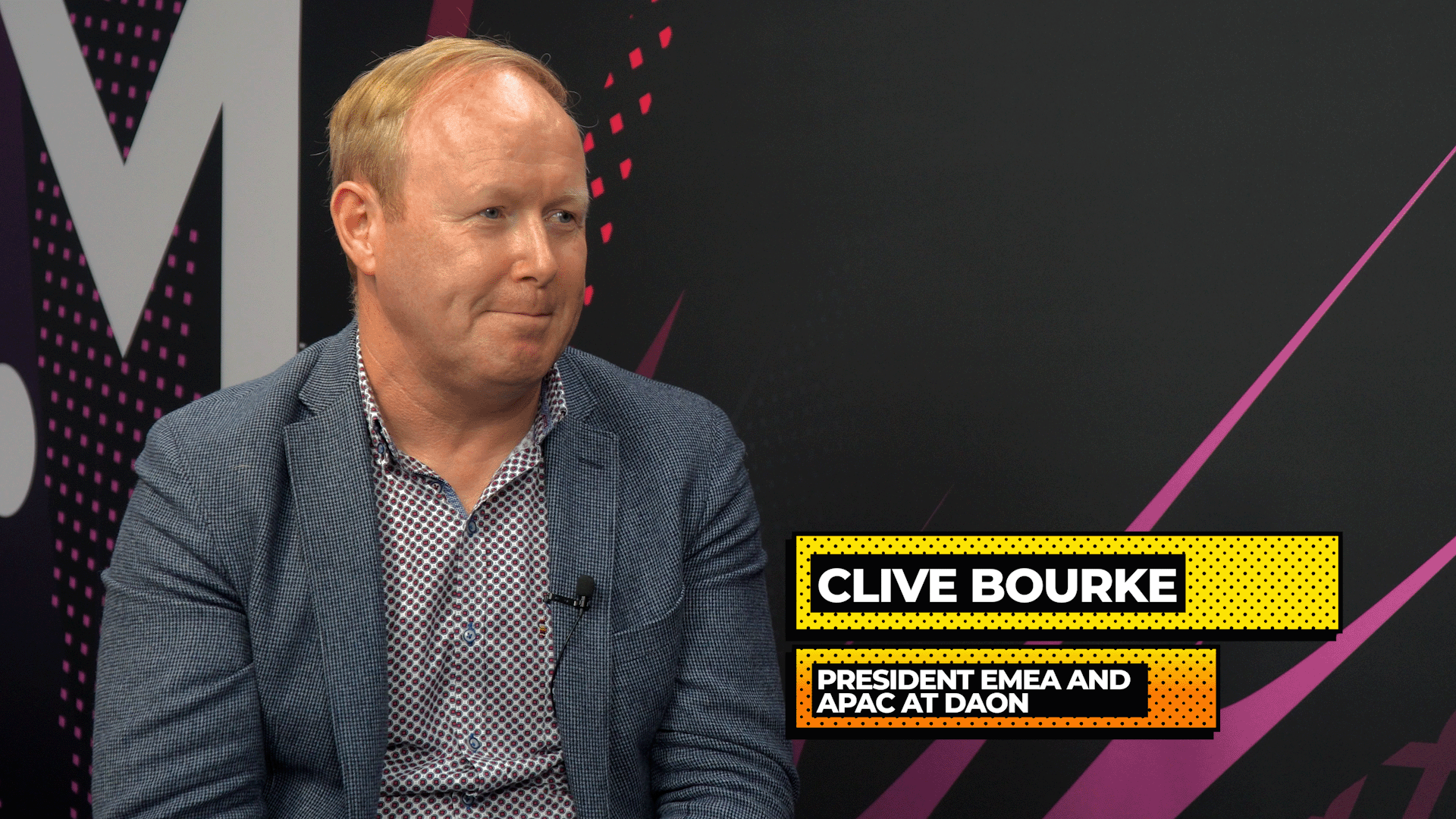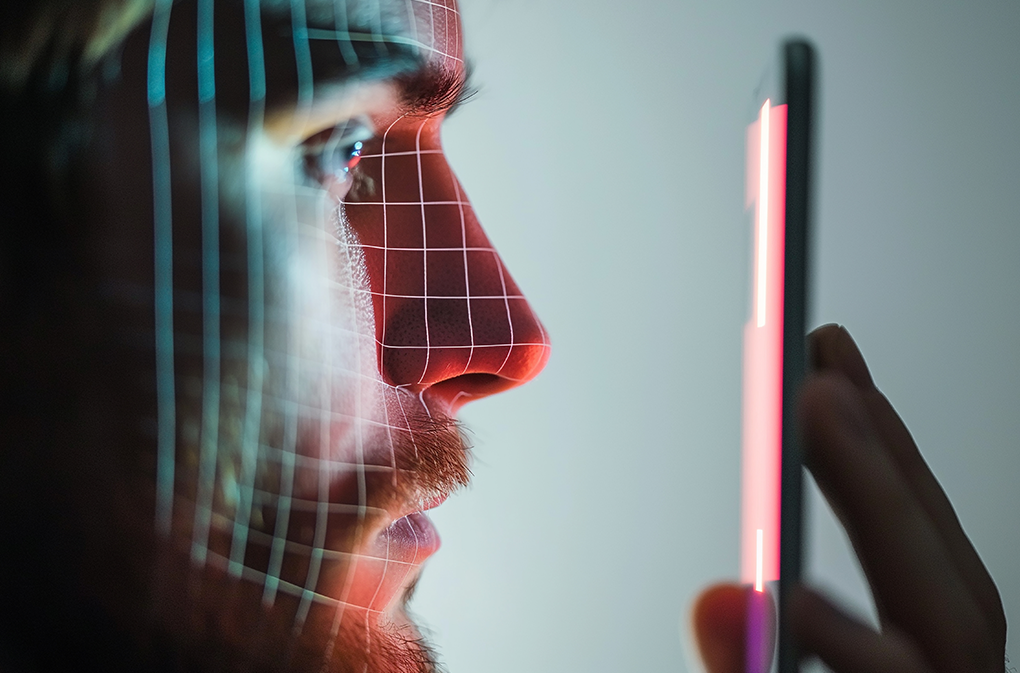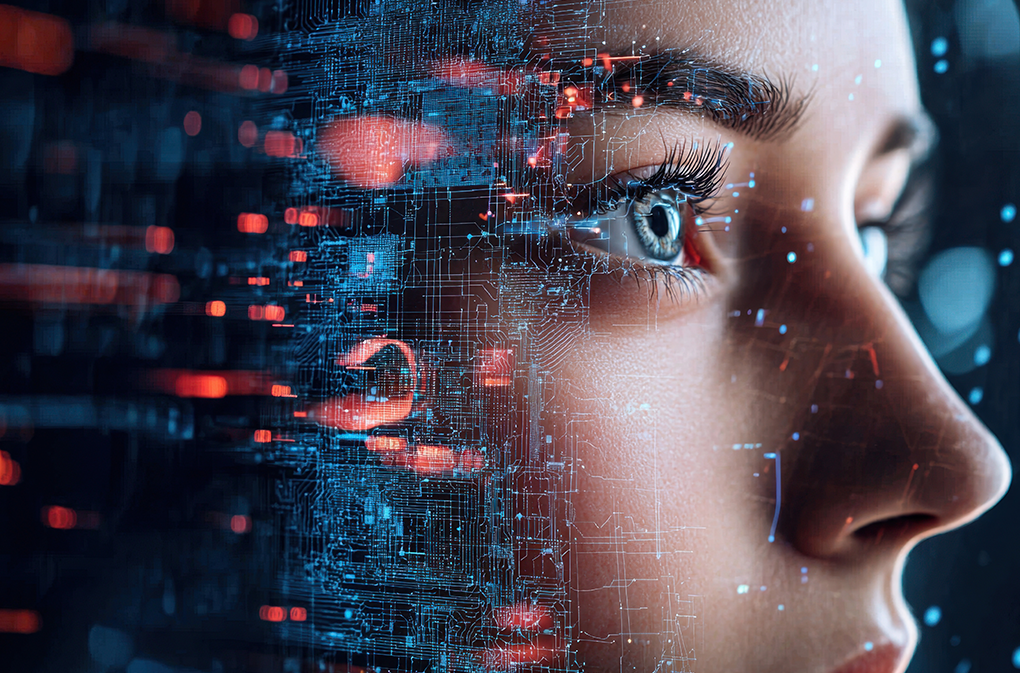AI Wake-Up Call: “Bidenfake,” Robocalls, and How xDeTECH Can Displace the Rising Tide of Artificial Intelligence Attacks
The recent AI-generated robocall impersonating President Joe Biden has Americans and citizens everywhere concerned. “No political deepfake has alarmed the world’s disinformation experts more,” says Time Magazine, and the sentiment is not unfounded: the deepfake phone calls made to New Hampshire voters tried to encourage them to skip voting in the state’s primary election.
This clear attempt to disrupt the democratic process was both sophisticated and malicious; by using AI to mimic the voice of one of the most recognized leaders in the world, the robocall signifies the start of a new era in fraud and ‘the AI internet’ for people around the globe.
But as fraudsters and their AI voice scam tactics evolve, so does the technology used to combat them. That’s where Daon’s groundbreaking new synthetic voice defense product, xDeTECH™, comes into play.
Robocall? More Like Wake-up Call
“This is kind of just the tip of the iceberg in what could be done with respect to voter suppression or attacks on election workers,” said Kathleen Carley, a professor at Carnegie Mellon University, according to The Hill.
Threats to democracy in the U.S. are a threat to democracies everywhere. As deepfake voice generators have rendered the human ability to discern if a voice is real or fake obsolete, this convincing imitation of President Biden’s voice isn’t the first – and it won’t be the last.
“Bidenfake” is merely a harbinger of what’s to come (just like Taylor Swift’s deepfake video).
Bad actors can now mimic the accent, age, gender, language, speech patterns, and even the actual voice of their target, making it impossible for an agent, a user, or an unsuspecting customer to know if they are talking to a person or a machine.
AI-powered conversational systems (voicebots) based on large language models (LLMs) can be used to steal and fabricate customer identities, hack into contact center systems to access PII (personally identifiable information) and other sensitive data, and cause privacy breaches that can easily sink even the most liquid businesses. And yes – they can even throw elections.
Synthetic voice technology can generate voice signals that are nearly indistinguishable from the real thing, and it can do so at scale. That means every user should be wary of the wave of AI robocalls, similar to Bidenfake, that are most likely headed our way collectively. This incident not only undermines public trust but exposes the glaring vulnerabilities in our current communication channel security systems to detect and prevent advanced fraud attacks.
Turning the Tide with xDeTECH
Enter Daon’s xDeTECH, the adaptive synthetic voice protection tool that’s part of our AI.X™ technology suite. xDeTECH represents a significant leap forward in defending against voice fraud. Here’s how it could’ve protected against Bidenfake:
1. Early & Accurate Detection
xDeTECH’s real-time signaling system is capable of detecting synthetic speech cues within seconds of a call’s initiation. Its proprietary algorithms analyze the voice to identify typical signs of digital generation, offering a level of precision far beyond traditional audible cues. In the case of Bidenfake, our AI voice detection software could have swiftly identified the fraudulent nature of the call, potentially stopping the spread of misinformation in its tracks.
2. Universal Applicability
Since the technology used by xDeTECH is not analyzing biometrics or any other personally identifiable information, it is completely language and dialect-agnostic, making it an all-encompassing solution. Regardless of the language used in the robocall, xDeTECH’s robust detection mechanism is designed to function effectively, offering a versatile defense against voice fraud.
3. Seamless Integration
xDeTECH’s seamless implementation into any voice communication platform or contact center means it can bolster security without disrupting existing infrastructure. This ease of integration ensures that organizations can swiftly adopt xDeTECH, fortifying their defenses against the ever-evolving tactics of fraudsters.
4. Privacy & Compliance
Designed with a focus on privacy and regulatory compliance, xDeTECH is implemented with steps to ensure individual privacy and data rights.
A Call to Action
The AI-generated Biden robocall is not just an isolated incident; it’s a sign of the times. The progressive challenges that lie ahead in the digital landscape are just beginning. In response, technologies like Daon’s xDeTECH offer more than just a shield: they offer a cutting-edge arsenal to detect, deter, and defend against emerging threats. As we navigate this new frontier, it’s imperative for organizations, especially those handling sensitive information and critical communications, to arm themselves with the most resilient and innovative tools available. Integrating xDeTECH can transform a potential crisis into a testament of resilience, showcasing how human creativity and engineering can indeed stay one step ahead of fraud and AI.
As the line between reality and fabrication becomes increasingly blurred, the Bidenfake incident serves as both a cautionary tale and a stark reminder of the constantly changing digital identity ecosystem. It underscores the urgency for robust and exceptional deepfake voice fraud solutions to safeguard our communication channels, the integrity of our elections, and the trust that forms the bedrock of our society. It’s time to rally behind technology that protects – not destroys.
Learn how Daon, the Digital Identity Trust Company, can help you protect yourself from deepfakes and other related risks.









